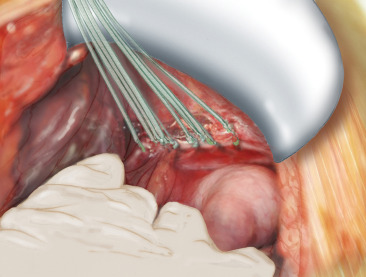What is Diaphragmatic Injury?

Symptoms of Diaphragmatic Injury
The symptoms of diaphragmatic injury can vary depending on the severity and cause of the trauma. Common signs include:
- Difficulty breathing (dyspnea)
- Chest or abdominal pain
- Rapid heart rate (tachycardia)
- Decreased breath sounds on one side
- Abdominal sounds in the chest
- Shoulder pain
- Nausea or vomiting
- Bluish skin (cyanosis) due to lack of oxygen
In severe cases, the condition may lead to respiratory distress or shock, requiring immediate medical intervention.
Causes and Risk Factors
Diaphragmatic injuries are most commonly caused by:
- Blunt trauma: Such as car accidents or falls from height.
- Penetrating trauma: Stab wounds or gunshot injuries.
- Iatrogenic causes: Complications from surgical procedures.
- Congenital defects: Some individuals may have diaphragmatic weakness or hernia from birth.
Diagnosis of Diaphragmatic Injury
Diagnosing diaphragmatic injury involves:
- Chest X-ray: May show elevated diaphragm or abdominal organs in the chest.
- Ultrasound: Useful in detecting fluid or organ displacement.
- CT Scan or MRI: Offers detailed imaging to assess the tear and involved organs.
- Diagnostic laparoscopy or thoracoscopy: Minimally invasive procedures for direct visualization.
Diaphragmatic Injury Repair – Procedure & Treatment
Treatment of diaphragmatic injury typically involves surgical repair, especially when the injury is associated with organ herniation or respiratory compromise.
Surgical Approaches:
Laparotomy: Open surgery through the abdomen to repair large or complicated tears.
Thoracotomy: Open surgery through the chest, especially if there is chest trauma.
Minimally Invasive (Laparoscopic or Thoracoscopic) Repair: Preferred for stable patients with less extensive injury.
During surgery, the torn diaphragm is sutured or patched using synthetic mesh if necessary. Associated injuries to organs are also addressed during the procedure.
Types of Diaphragmatic Injuries
Acute Traumatic Diaphragmatic Injury: Occurs immediately after trauma and often diagnosed in the emergency setting.
Delayed Diaphragmatic Hernia: Organs herniate into the chest over time if initial injury goes unnoticed.
Congenital Diaphragmatic Hernia (CDH): Present from birth, requiring early surgical correction.
Iatrogenic Diaphragmatic Injury: Caused during surgeries like liver or esophageal procedures.
Prevention of Diaphragmatic Injury
While some cases of diaphragmatic injury are unpredictable, especially due to trauma, the following steps can help reduce the risk:
- Wearing seat belts and using airbags correctly.
- Avoiding risky activities or using safety harnesses at height.
- Ensuring surgical procedures are performed by experienced professionals.
- Early evaluation and monitoring after any chest or abdominal trauma.
Benefits of Early Repair
- Restores normal breathing function
- Prevents herniation of abdominal organs into the chest
- Reduces risk of respiratory distress
- Improves overall survival and recovery rate
- Minimizes long-term complications like bowel obstruction or strangulation
